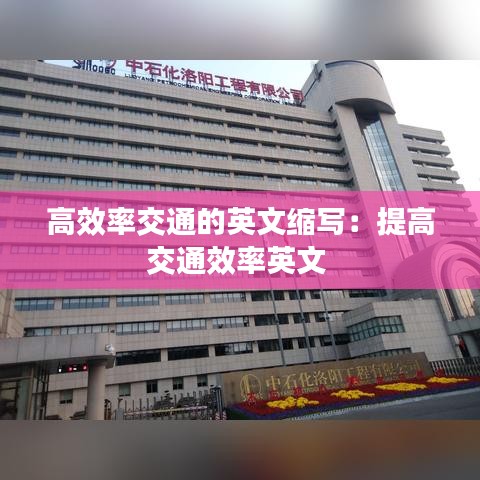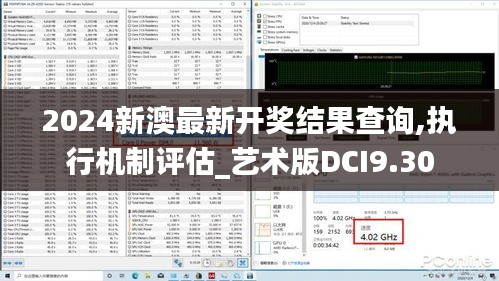Introduction to High-Efficiency Traffic Systems
High-efficiency traffic systems are designed to optimize the flow of vehicles on roads, thereby reducing congestion, improving safety, and enhancing overall transportation efficiency. In the quest to streamline and improve traffic management, various acronyms have been developed to represent these systems. This article explores some of the key acronyms associated with high-efficiency traffic systems.
ATMS: Advanced Traffic Management System
The Advanced Traffic Management System (ATMS) is a comprehensive suite of technologies and strategies used to manage traffic flow effectively. ATMS integrates traffic sensors, cameras, and control systems to monitor and manage traffic conditions in real-time. By providing real-time data to traffic engineers, ATMS helps in making informed decisions to optimize traffic flow and reduce congestion.
ITS: Intelligent Transportation Systems
Intelligent Transportation Systems (ITS) encompass a wide range of technologies aimed at improving transportation safety, efficiency, and convenience. ITS includes various components such as vehicle-to-vehicle (V2V) communication, vehicle-to-infrastructure (V2I) communication, and advanced traffic management systems. The goal of ITS is to create a more connected and intelligent transportation network that can adapt to changing traffic conditions.
ITS: Integrated Traffic System
While ITS is a broad term that covers various technologies and systems, the Integrated Traffic System (ITS) specifically refers to a holistic approach to traffic management. An ITS combines different components, including traffic signals, ramp meters, and traffic information systems, to create a seamless and efficient transportation network. The key objective of an ITS is to minimize congestion and maximize the use of road capacity.
SMART: Smart Mobility and Road Traffic Management
The Smart Mobility and Road Traffic Management (SMART) framework is designed to enhance the performance of road traffic management systems. SMART focuses on integrating advanced technologies, such as IoT (Internet of Things), AI (Artificial Intelligence), and data analytics, to improve traffic flow and reduce environmental impact. By providing real-time information and predictive analytics, SMART aims to make traffic management more proactive and efficient.
RTMS: Real-Time Traffic Management System
The Real-Time Traffic Management System (RTMS) is a system that uses real-time data to manage traffic flow and reduce congestion. RTMS typically includes traffic sensors, cameras, and advanced analytics tools that provide traffic engineers with the information needed to make timely adjustments to traffic signals, ramp meters, and other traffic management strategies. The primary goal of RTMS is to ensure that traffic moves smoothly and efficiently.
IVHS: Intelligent Vehicle Highway Systems
The Intelligent Vehicle Highway Systems (IVHS) is an early form of ITS that focuses on the integration of vehicles with the highway infrastructure. IVHS uses vehicle-based technologies, such as GPS and wireless communication, to improve safety, efficiency, and convenience for drivers. While IVHS is less prevalent today, its principles laid the groundwork for the development of modern ITS solutions.
总结
In conclusion, high-efficiency traffic systems are vital for creating a safer, more efficient, and environmentally friendly transportation network. The use of acronyms such as ATMS, ITS, SMART, RTMS, and IVHS helps to simplify the complex concepts behind these systems. By understanding these acronyms and their associated technologies, we can appreciate the advancements made in traffic management and envision a future where transportation is more seamless and sustainable.
转载请注明来自湖北登全电气科技有限公司,本文标题:《高效率交通的英文缩写:提高交通效率英文 》













 蜀ICP备2022005971号-1
蜀ICP备2022005971号-1
还没有评论,来说两句吧...